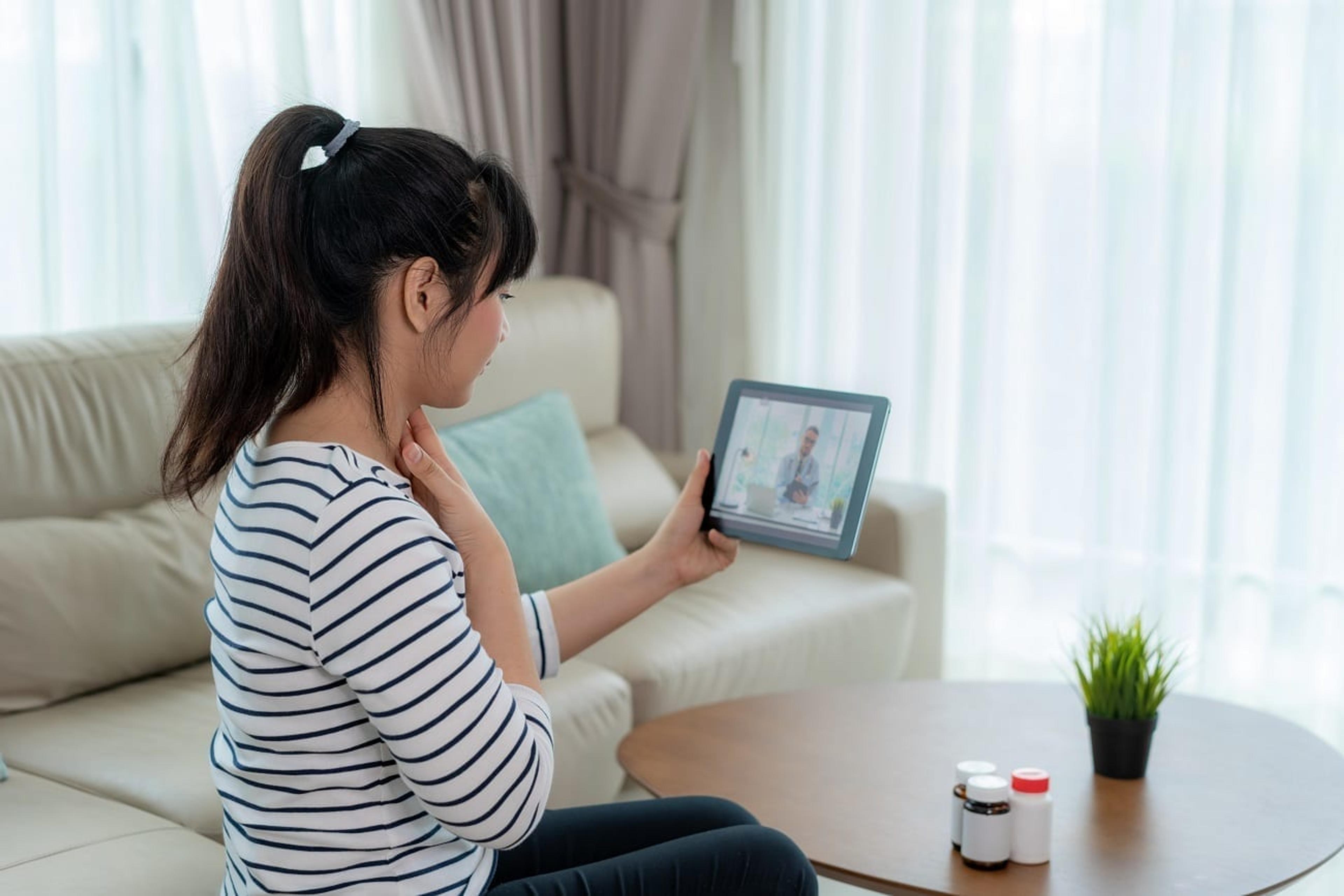Increasing Access to Behavioral Health Care in the Face of COVID-19

Dr. Amy Milewski, M.D.
| 3 min read
Dr. Amy Milewski, M.D., is vice president of clinica...

America was in the midst of a behavioral health crisis even before the world had ever heard of COVID-19: six out of the top 10 health conditions affecting millennials alone are behavioral health conditions. Access to behavioral health care was also in crisis before the coronavirus pandemic. The leading barriers to care are cost and availability: not knowing where to find proper care, and not being able to afford it when they do, leads individuals who need help to go untreated. The coronavirus pandemic has significantly impacted our nation’s mental health, creating new obstacles for people already struggling from a behavioral health condition.
COVID-19 INTENSIFIES THE NEED FOR BEHAVIORAL HEALTH CARE
Since the COVID-19 pandemic, Americans are reporting significant and sustained increases in symptoms of depression and anxiety as daily routines have been upended and there is increased strain physically, mentally and financially. These stressors create a perfect storm for an increase in the development of mental health conditions. And, data in our most recent infographic suggests that negative behavior among millennials has also been rising since the pandemic began.

EMPLOYERS ARE BRINGING BEHAVIORAL HEALTH CARE WITHIN REACH
Prior to COVID-19, employers were already increasing efforts to make behavioral health care accessible for their employees. Now, they’re ramping up even more. These include changes in employee assistance programs (EAPs), from discounts on digital care apps to more virtual well-being service options like remote yoga classes. As we transition back to the workplace, more large employers may also look to bring clinicians and counselors onsite. Tele-behavioral health and virtual care apps are a natural fit. These solutions provide convenience for employees through fluid scheduling, easier connections to care professionals, and improved access without the stigma of seeking help.
IMPROVING ACCESS: THIS IS HOW
Here’s what employers can do to help make powerful change happen and improve their employees’ access to better health care.
Expand resources.
Help employees connect with the care they need by expanding your behavioral health resources and improving access points — from virtual care to on-demand or on-site clinicians and counseling.
Make virtual care a priority.
Examine your employees’ virtual care usage since March and consider making changes brought on by the COVID-19 pandemic permanent. Ask your health care partner about resources that can help employees know which ones are right for them.
Get smart about affordability and screenings.
Explore ways with your health care partner to lower or remove copays when it comes to behavioral health, where check-ins are needed more often. Also, make no-cost screenings standard similar to preventive care.
Drive awareness.
Foster a deeper understanding of the connection between behavioral health care and physical health care and use internal communications to promote the quality, affordability and effectiveness of available resources. Dr. William Beecroft, M.D., D.L.F.A.P.A., is a medical director of behavioral health at Blue Cross Blue Shield of Michigan. Dr. Amy McKenzie, M.D., is a medical director of provider engagement at Blue Cross Blue Shield of Michigan. More from MIBluesPerspectives.com:





